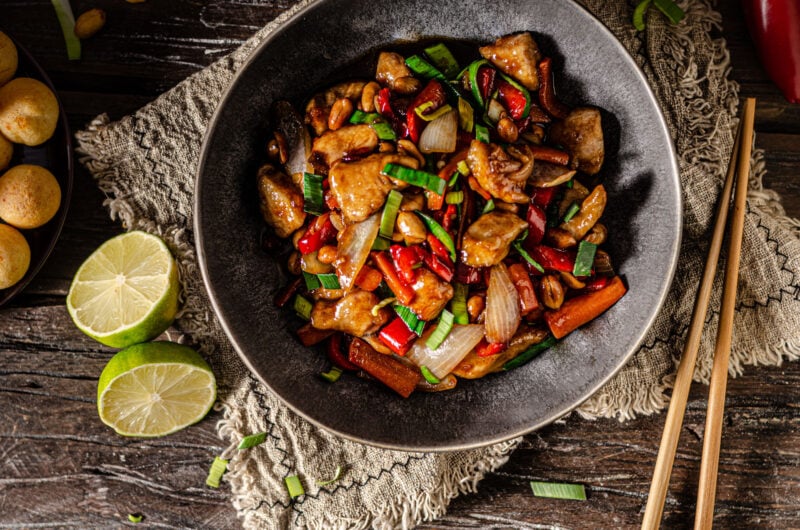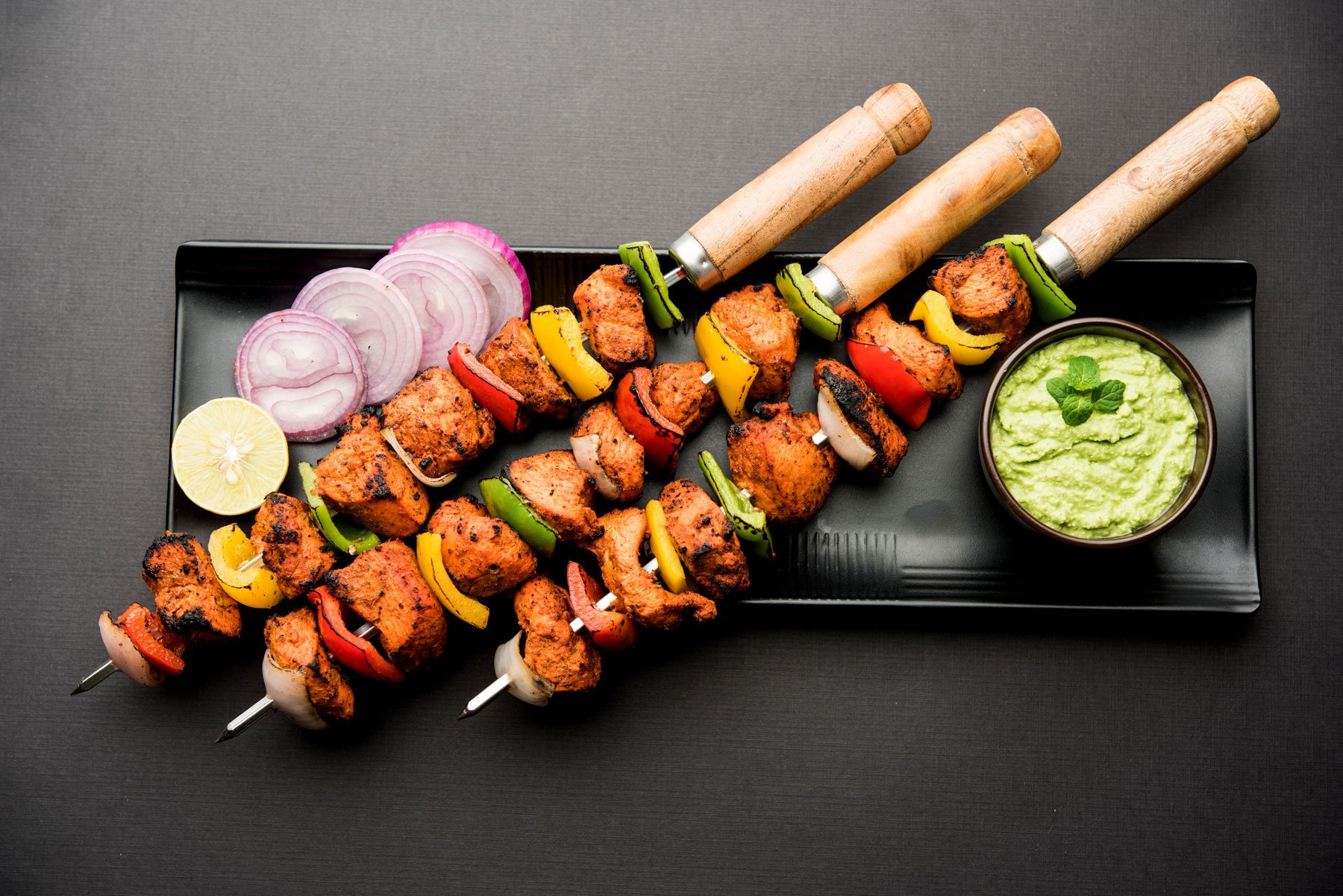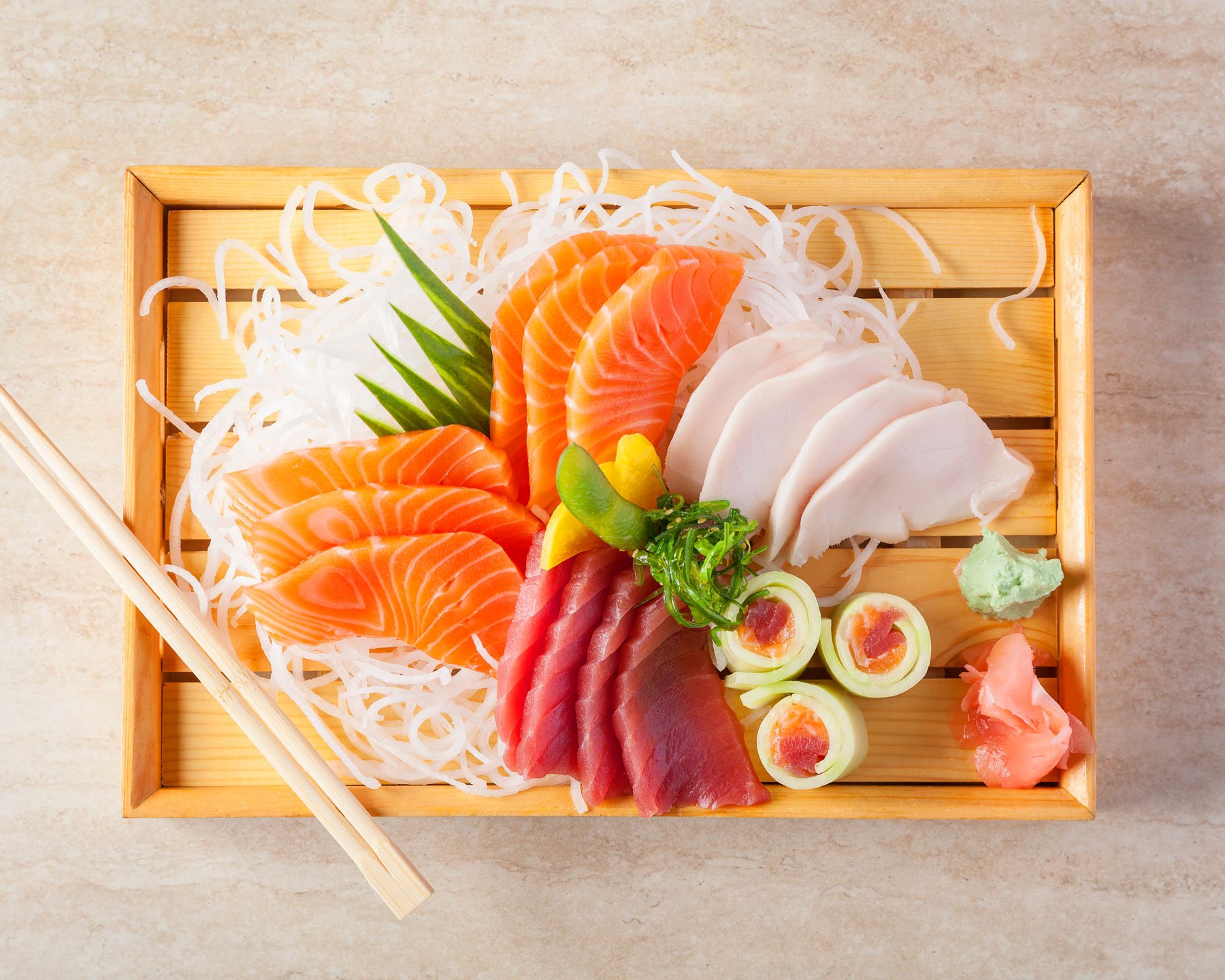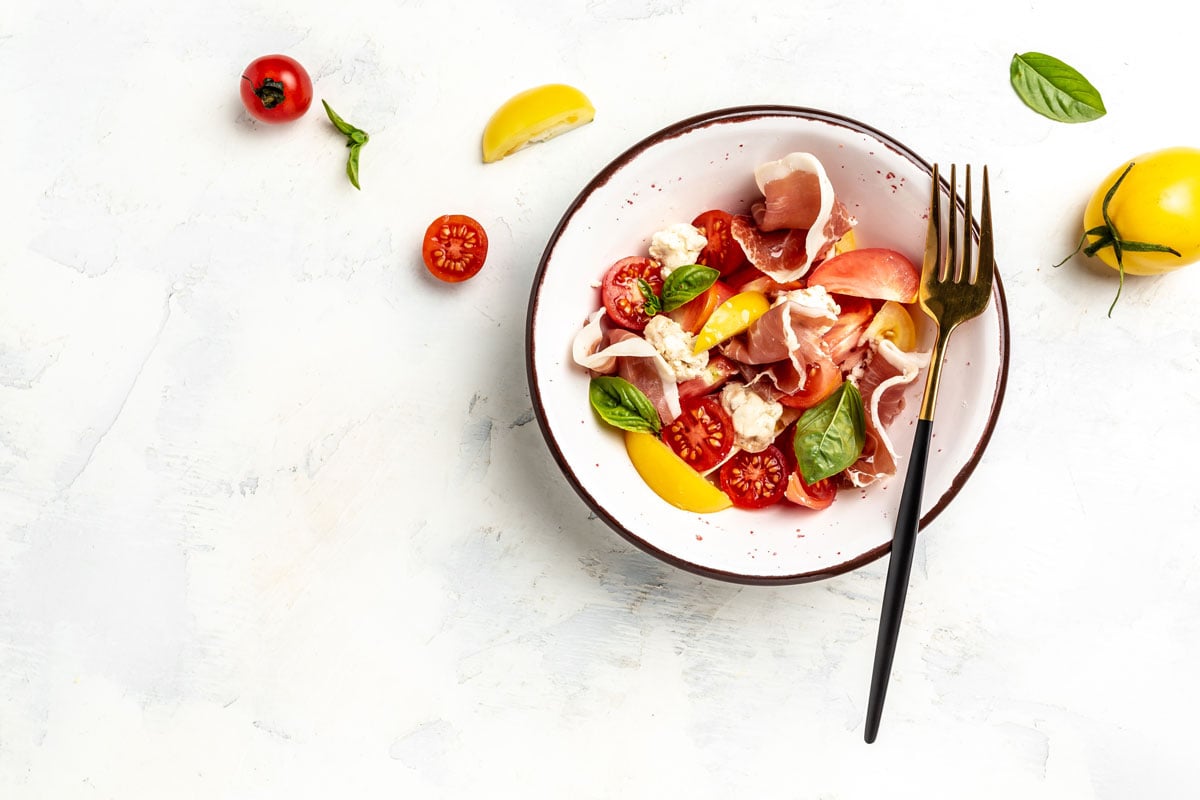According to some surveys, Chinese food is the second most popular takeout cuisine, trailing only pizza. But with a carb-heavy menu featuring white rice, noodles, and fried fare, a Chinese meal can easily spike your blood sugar.
On the flip side, Chinese dishes can feature fiber-rich vegetables and lean protein. So, with some savvy ordering know-how, you can dial in a healthy Chinese food order that supports metabolic health and healthy eating. Read on to learn what dishes and requests can fill you up, satisfy your cravings, and keep your blood sugar steady.
The Metabolic Challenge at Chinese Restaurants
There are two main styles of Chinese cuisine in the United States:
- Americanized Chinese food is popular in many chain, fast-food, and takeout restaurants. Developed for Western tastebuds, it’s sweeter and greasier than traditional dishes served in China.
- Authentic Chinese meals tend to include rice, soup, meat or other protein, and stir-fried or steamed vegetables, so it’s usually a healthier pick.
No matter the style, there can be plenty of metabolic landmines on the menu.
Many appetizers—including egg rolls, wontons, and crab Rangoon—use wrappers made from white flour, which your body quickly digests, triggering a spike in blood glucose. Then they’re deep-fried in a vegetable or refined seed oil. These oils may increase inflammation and the risk of heart disease, inflammatory bowel disease, rheumatoid arthritis, obesity, and Alzheimer’s disease. To make matters worse, these apps are often served with duck sauce, a sweet condiment with five grams of sugar per tablespoon.
Several popular entrees come with the same problematic ingredients. For example, although they come in different variations—General Tso’s, sesame, sweet and sour, and orange—and you can pick your protein, these dishes are essentially the same thing: deep-fried meat morsels swimming in a sweet sauce. Just how sweet? A serving of sweet and sour chicken can pack 22 grams of sugar.
Even stir-fried dishes are often made with refined oils, such as soybean and sesame oils. And they’re paired with a mainstay of Chinese cuisine, white rice. Stripped of its fiber-rich outer layers, white rice is a refined grain that can send your blood sugar soaring. Noodles, dumplings, and buns (called bao) are made with refined flour, so they’re no better for your metabolic health.
Swapping rice and noodles for vegetables is a wise option, but you still need to proceed with caution. At Chinese restaurants, sauces and seasonings can be made with sugar, starches, refined oils, and artificial flavorings. For example, at Panda Express, the veggie side contains starches, soybean oil, and flavor enhancers. So if possible, look up the ingredients list. If one isn’t available (as is the case at many family-owned Chinese restaurants), ask questions about ingredients and cooking methods before ordering your meal.
6 Steps to a Healthier Chinese Food Order
1. Start with a broth-based soup.
If you want an appetizer, skip the spring rolls, fried eggrolls, Rangoon, wontons, and potstickers, and start your meal with soup. Although they’re sometimes thickened with a little cornstarch, egg drop and sweet and sour soups are lower in carbohydrates. Plus, research shows that having soup as an appetizer may fill you up and keep you from overindulging during the meal. Skip the crispy noodle topping, which can add about 15 grams of carbs.
2. Check out the “special diet” options.
Many Chinese restaurants offer healthier takes on their meals, which are often higher in vegetables and lighter on the sugary sauces. Look for healthy dishes made with plenty of vegetables—bok choy, green beans, cabbage, bamboo shoots—which deliver fiber and nutrients to support metabolic processes. Add a lean protein, like tofu, chicken, or shrimp, to stabilize your blood sugar.
3. Hold the rice and noodles.
Most Chinese meals are served with a side of refined carbs, whether that’s white or fried rice, or noodles like lo mein or chow fun. Scallion and moo shu pancakes are also made with refined all-purpose white flour. Instead, eat your meal with a side of steamed vegetables. You can also whip up your own cauliflower rice at home, if you’re ordering Chinese takeout.
4. Choose steamed instead of stir-fried.
Although stir-fried dishes are lower in carbs than deep-fried ones, they’re often made with refined oils, extra starch, and sodium. Ask for your dish steamed, and you’ll save calories and, often, carbs. Case in point: Order a steamed Buddha’s delight rather than wok-fried at one chain restaurant, and you’ll cut four grams of carbs, 60 calories, and a whopping 1240 milligrams of sodium.
5. Request the sauce on the side.
Many sauces are loaded with honey and other sweeteners, refined oils, and additives. Some of the worst offenders include entrees with “sweet-and-sour,” “sticky honey,” “teriyaki,” “hoisin,” and “orange” in their names. Order your sauce on the side, monitor your portion size, and drizzle it sparingly onto your meal.
6. Stick with this traditional dessert.
Fortune cookies are a Chinese-American tradition. They’re not typically found in China. Made with white flour, each cookie contains four grams of sugar. Opt for a traditional Chinese dessert: sliced oranges. High in folate, they pack several health benefits and are one of the best fruits for your metabolic health.
4 Smart, Healthier Chinese Orders
Satisfy your craving in a metabolically friendly way with these healthy Chinese food orders for your favorite to-go (or dine-in) restaurant.
If you’re vegetarian…
…start your meal with a cup of egg drop soup, a broth-based soup with ribbons of egg (and make sure the broth isn’t meat-based). With six grams of carbs for 40 calories and one gram of protein, it’s a relatively low-carb, filling way to start your meal; just hold the fried noodles. For your main meal, choose the vegetarian Buddha’s delight, a medley of veggies—such as cabbage, snow peas, mushrooms, and broccoli—tossed with tofu and a light sauce. Ask for it steamed rather than stir-fried.
If you’re craving seafood…
…order shrimp and broccoli. Low in fat and high in protein, shrimp is shown to protect metabolic health and linked to a lower risk of heart disease. It also delivers a dose of zinc, which reduces inflammation and protects against insulin resistance. This dish of stir-fried shrimp and antioxidant-rich broccoli comes with a rich ginger, soy, and garlic sauce. Because the sauce is often sweetened with sugar, ask for it on the side and use it sparingly. Then serve with your own cauliflower rice instead of white or brown rice.
If you’re in the mood for chicken…
…order Kung pao chicken, a spicy Sichuan-style dish that combines chicken, vegetables, and crunchy peanuts. The sauce contains chili peppers, which may boost metabolism and protect heart health. For the healthiest order, ask for the dish steamed, not stir-fried, light on the sauce, and with extra veggies. Pass on the rice and, instead, request lettuce leaves to make wraps.
If you want authentic Chinese…
…order steamed fish, a popular dish in Chinese restaurants (although it’s less common in Americanized take-out places). Flavored with ginger and scallions, the fish provides protein and anti-inflammatory omega-3 fats. Pair it with a side of steamed vegetables for antioxidants and fiber, and drizzle some soy sauce on top.
 See how what you order affects your metabolic health
See how what you order affects your metabolic health
The best way to understand your glycemic response to that take-out meal is with a continuous glucose monitor and an app like Levels to help you understand your data. Levels members get access to the most advanced CGMs and personalized guidance to build healthy, sustainable habits. Click here to learn more about Levels.









